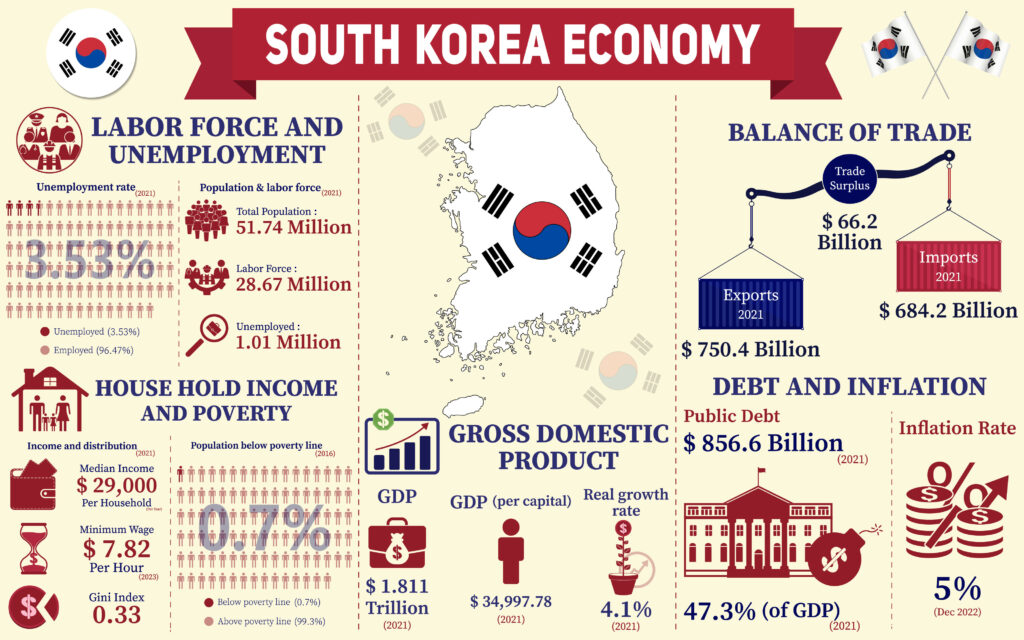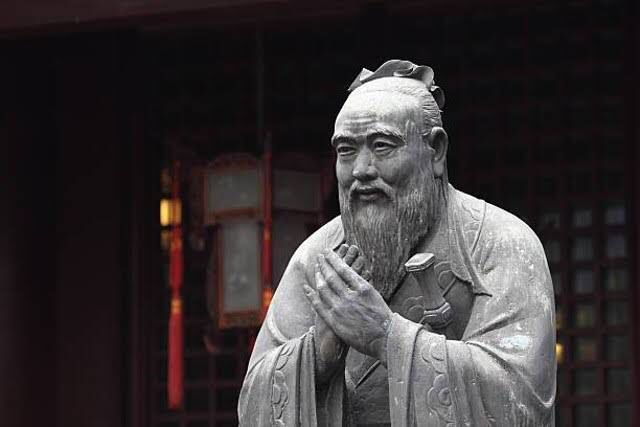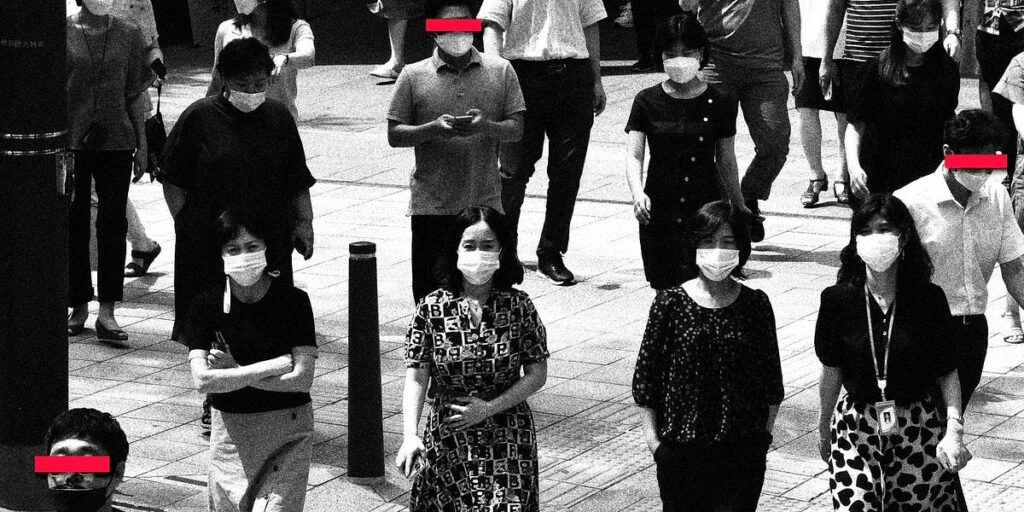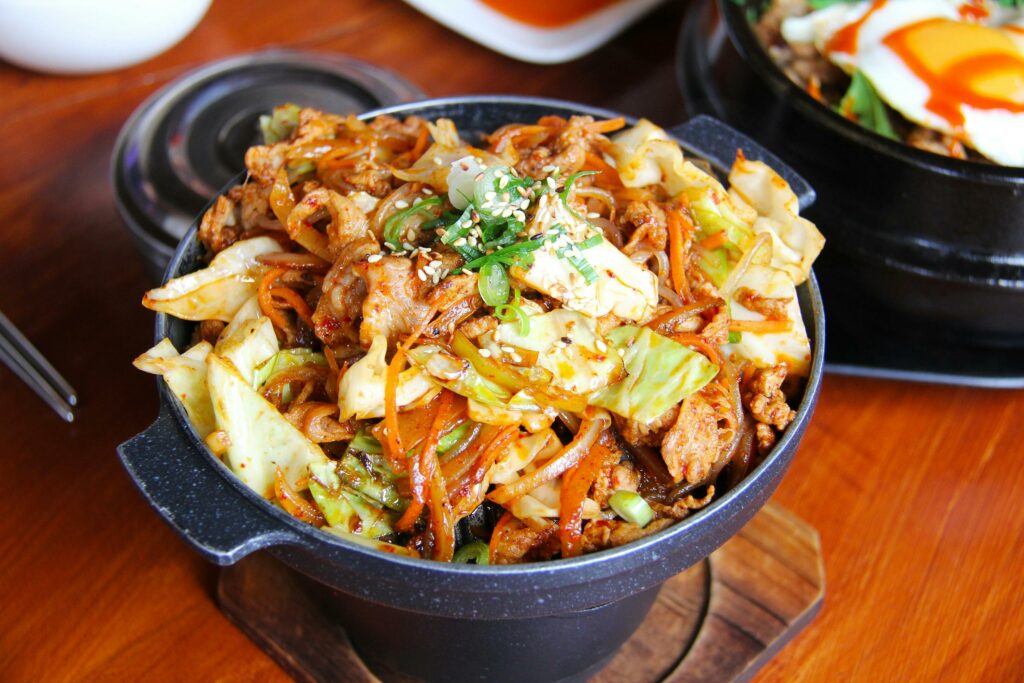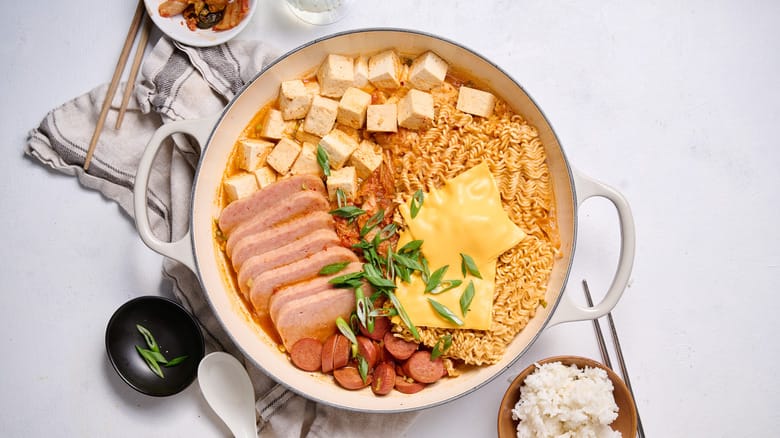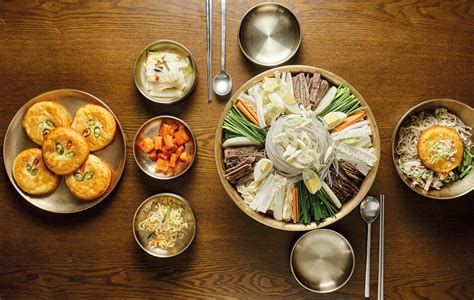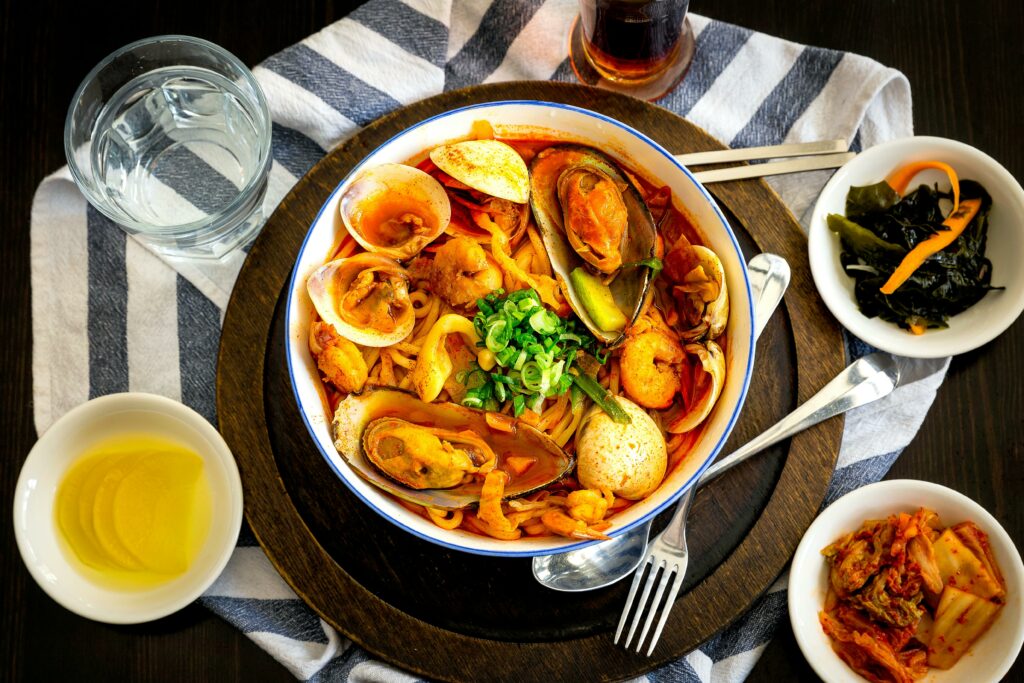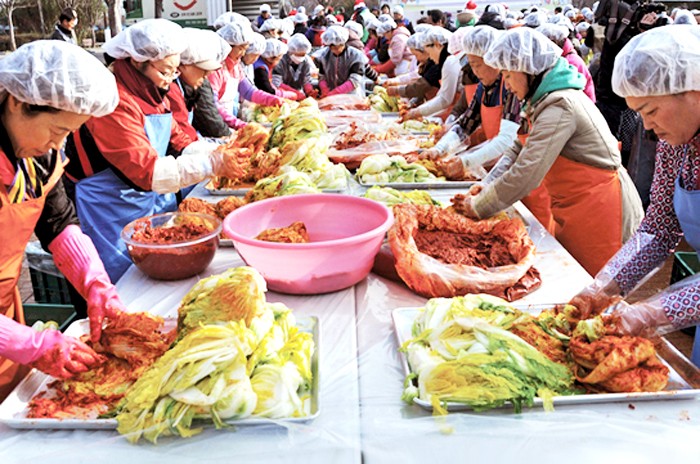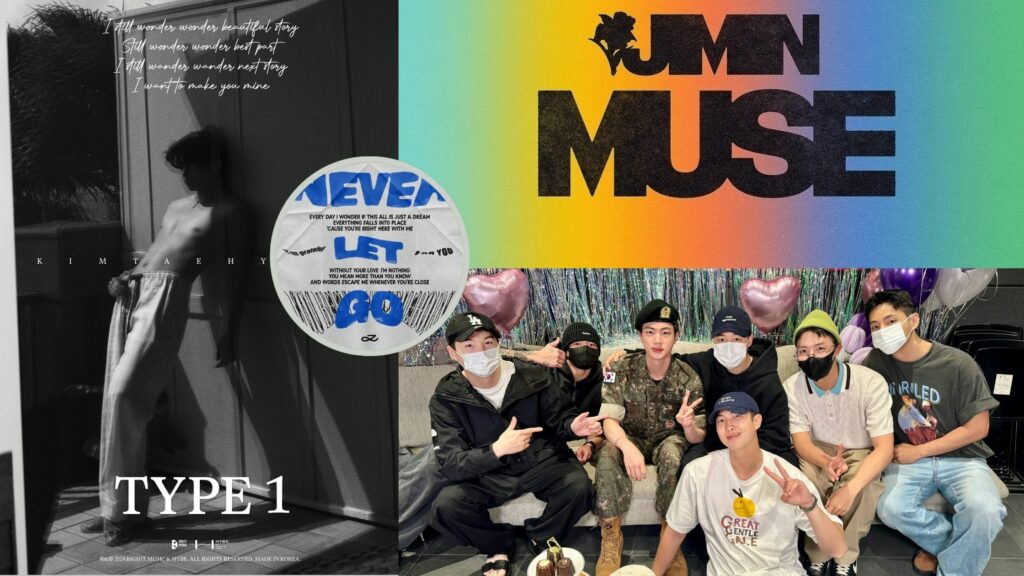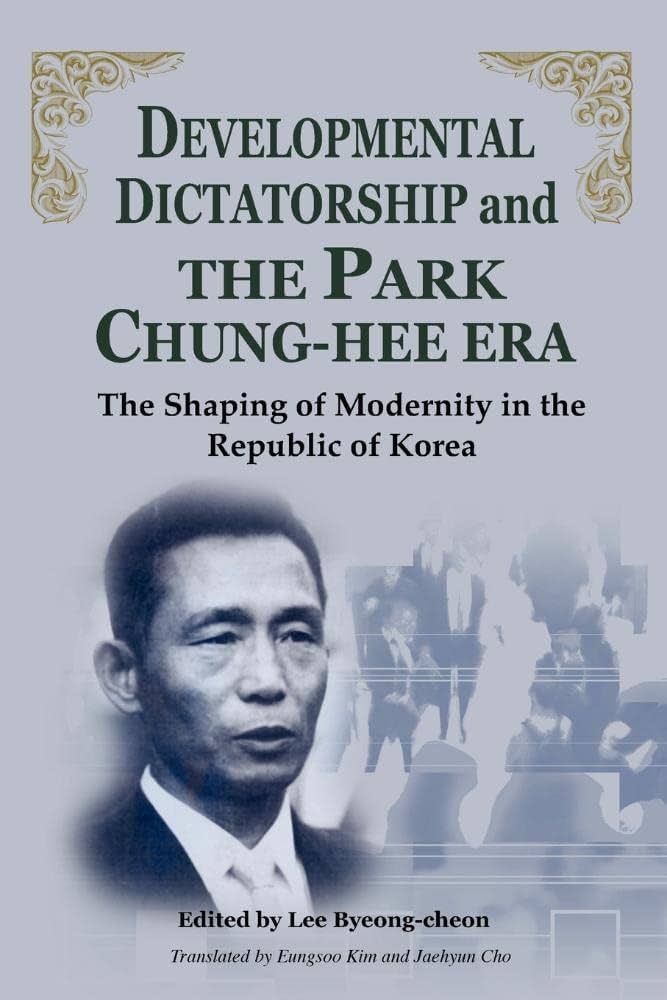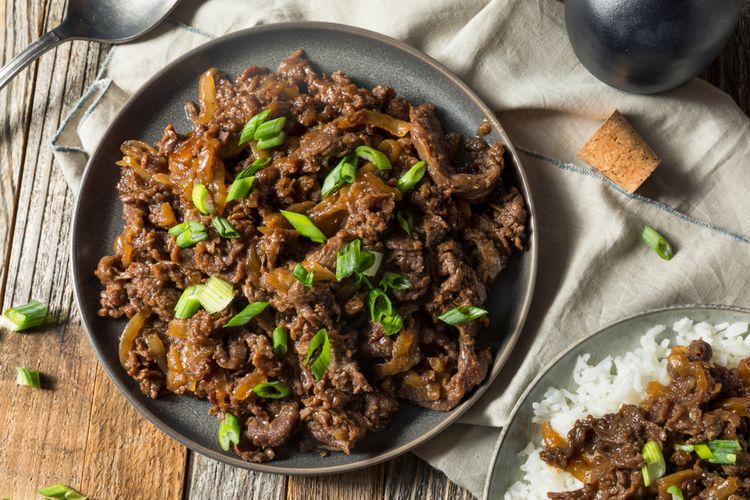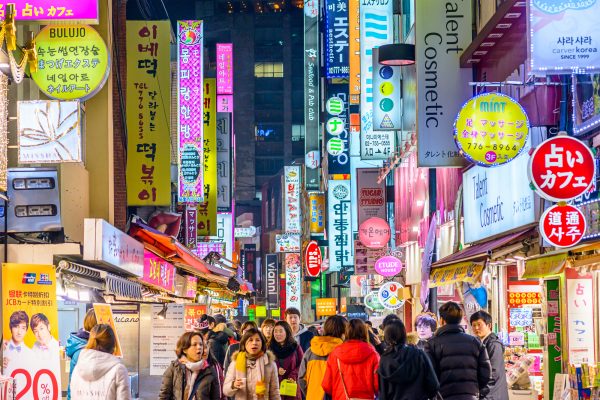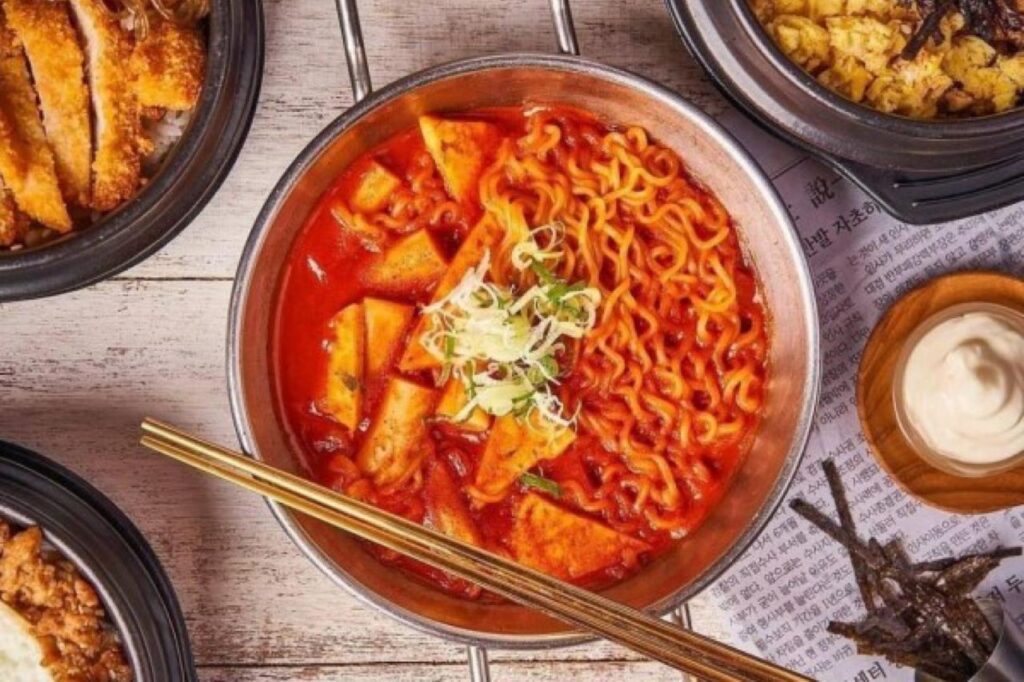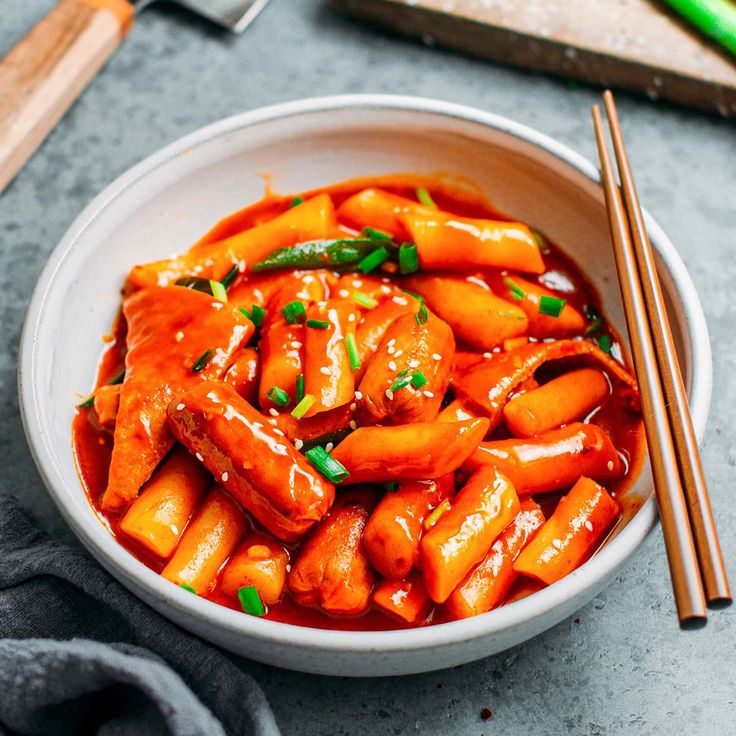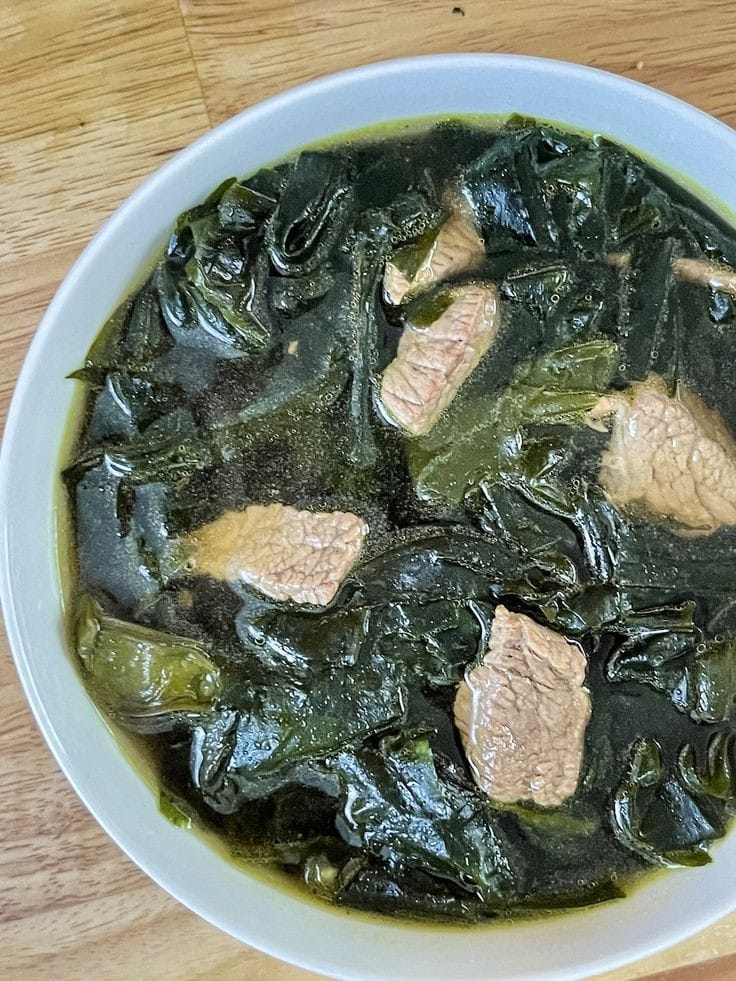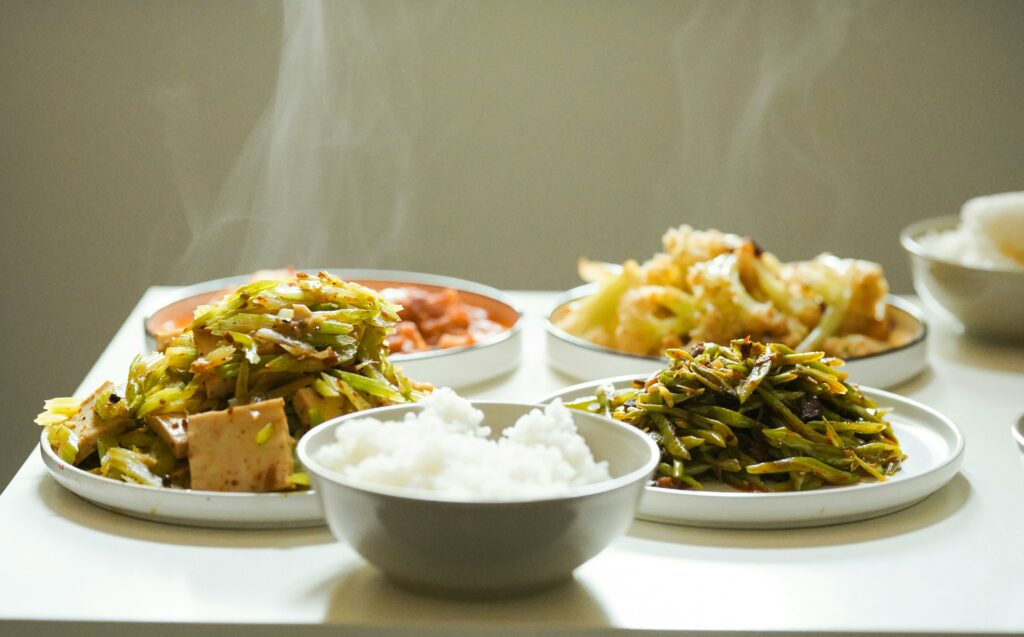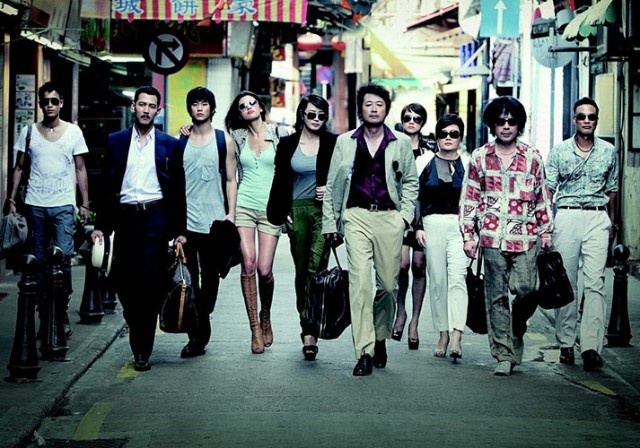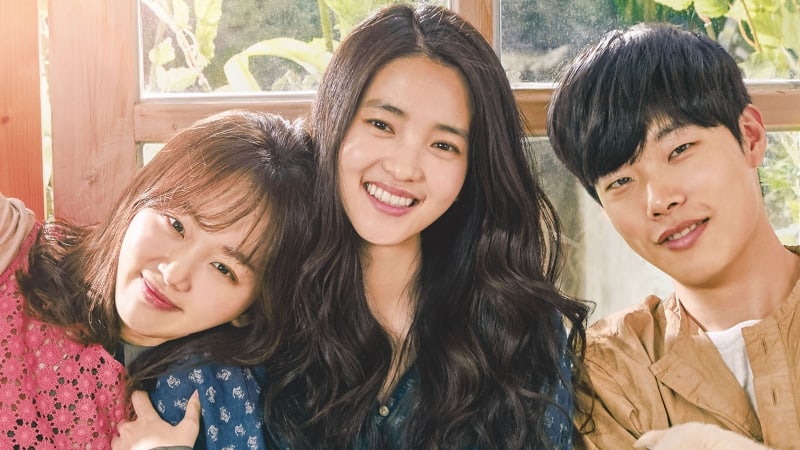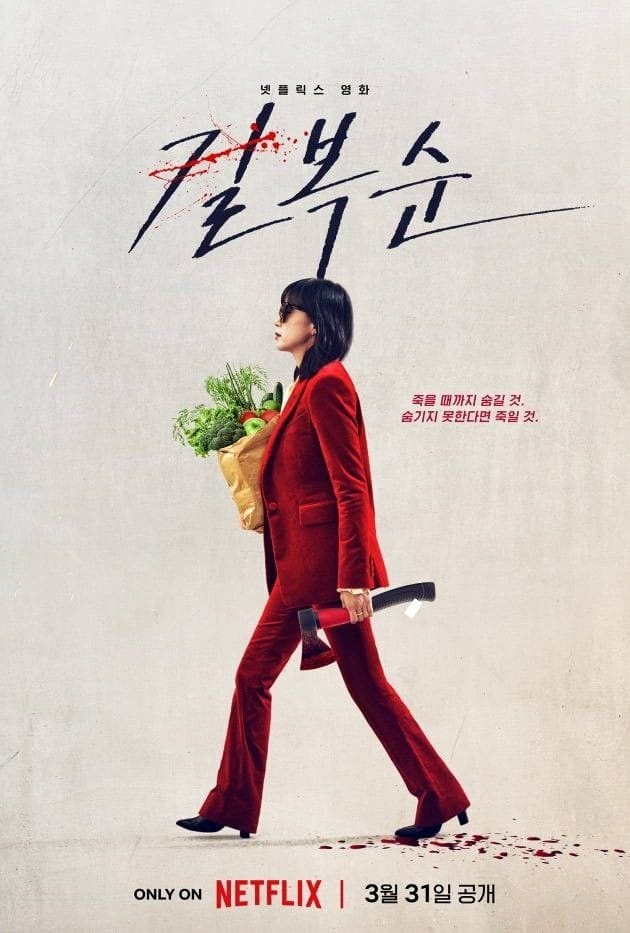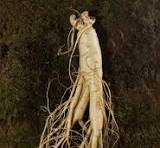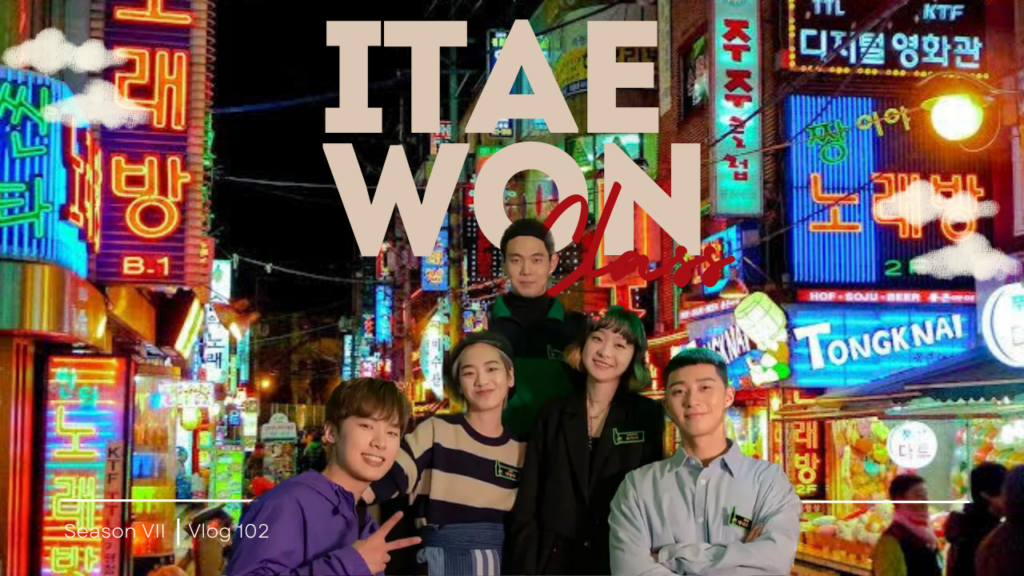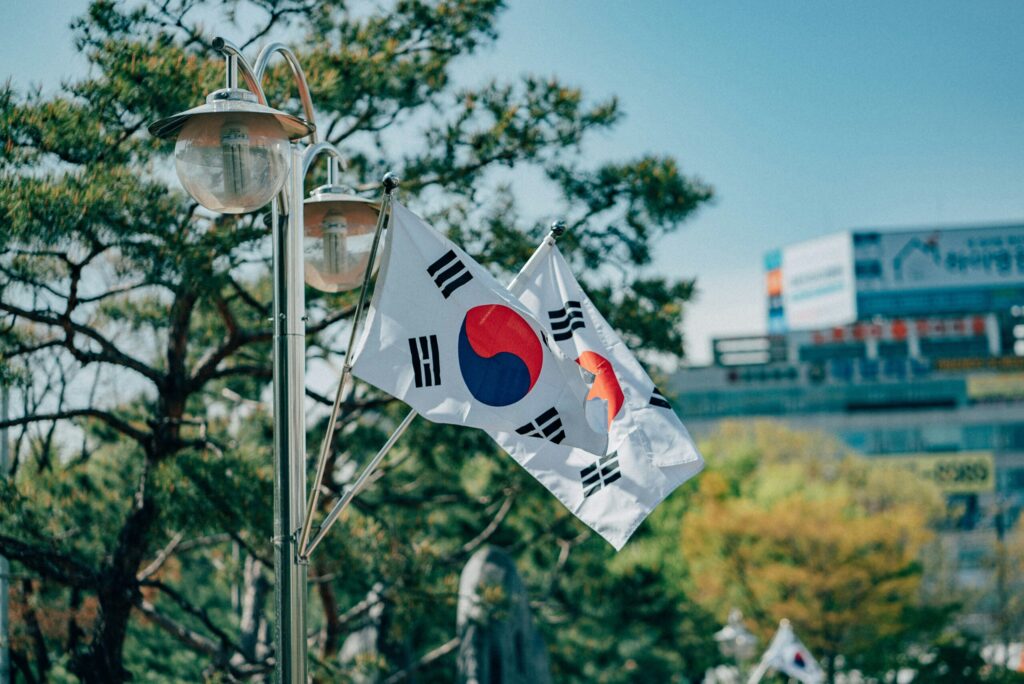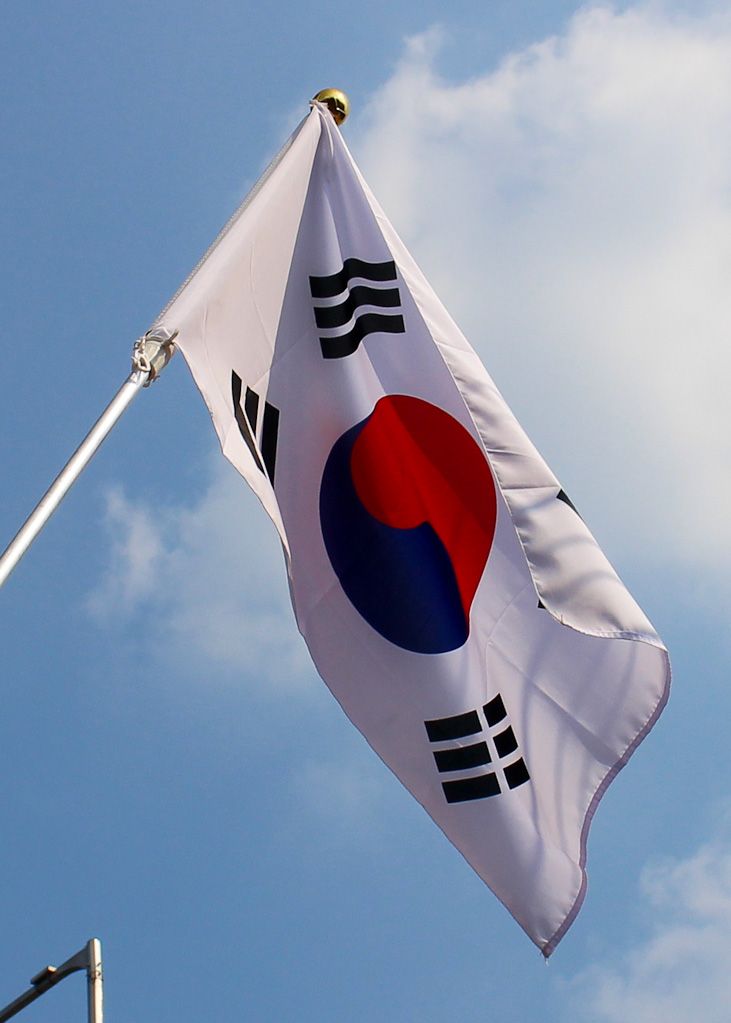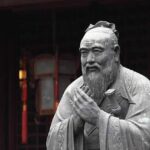Food of Korean Kings in Ancient Times: A Symbol of Luxury and Culture in the Royal Palace
When discussing the food of Korean royalty in ancient times, we do not only enter a world of rich and diverse culinary traditions, but also reflect on a life filled with luxury, expertise, and deep cultural symbolism. The Korean royal palace was not only a center of political power, but also a cultural hub influencing all aspects of the nation’s life. Within the grand palace walls, food was not merely a daily necessity but also a medium to express social status, political power, and a close relationship with nature and spirituality.
The food in the Korean palace in the past was not just a source of nutrition but also a symbol of luxury, high culinary expertise, and deep cultural symbolism. In the Korean royal palace, food was not only viewed as a daily necessity but also as a medium to showcase social status, express political power, and uphold religious traditions and values. As an integral part of palace life, the food served to the kings not only met aesthetic and taste criteria but was also considered an important ritual involving careful preparation and respectful offerings. Each dish contained not only luxurious and often rare ingredients but also intricate and unique cooking techniques passed down from generation to generation as part of a rich cultural heritage.
Each palace dish in ancient Korea carried deep symbolism. For instance, Sinseollo, a luxurious broth dish made from various meats and vegetables, not only showcased high cooking skills but also expressed the concept of balance and harmony essential in palace life. Similarly, Gujeolpan, which highlighted both taste and beautiful visual presentation, demonstrated expertise in arranging and serving dishes that displayed a diversity of flavors and textures.
What were the foods of Korean Kings?
Gujeolpan : Symbol of Aesthetics and Balance

Gujeolpan, a special dish from the Korean palace, features a unique composition and an impressive presentation. Consisting of nine different types of food, Gujeolpan is artistically arranged on a round wooden or stone plate. Each type of food, from roasted meat, fresh vegetables, to omelets and thin rice flour skins for making small rolls, is placed in separate sections on the plate.
This dish not only captivates with its extraordinary taste but also adorns the palace banquet table with mesmerizing visual beauty. Gujeolpan became a symbol of luxury and culinary expertise in the Korean palace of the past, often served at important events to showcase culinary brilliance and elegance. Each arrangement of Gujeolpan not only prioritizes aesthetic aspects but also nutritional balance and harmony in taste, reflecting meticulous attention to every element in this proud palace dish.
Gujeolpan not only reflects the palace chefs’ skill in presenting visually beautiful dishes but also reveals the complex culture and underlying philosophy. In Korean tradition, arranging dishes like Gujeolpan is not only considered culinary art but also a way to express balance and harmony in daily life. By preserving and honoring culinary heritage like Gujeolpan, we not only maintain valuable cultural wealth but also appreciate the traditional values it embodies, enriching the gastronomic experience and strengthening a solid national identity.
Jeungpyeon: The Palace Bread

Jeungpyeon is a special dish in the culinary culture of the Korean palace that distinguishes itself from ordinary white rice. This bread is prepared with a special rice fermentation technique to create a soft texture and rich taste. The fermentation process not only enhances the nutritional quality of the bread but also gives it a unique, appealing aroma.
Jeungpyeon was often presented at various important palace events as part of a special dessert or as a component of symbolic ceremonies. The elegance of Jeungpyeon in its appearance reflects the high expertise of palace chefs in creating dishes that not only satisfy the palate but also touch the heart with their visual beauty.
The tradition of serving Jeungpyeon not only shows a love for taste and aesthetics but also illustrates a deep understanding of the relationship between food, culture, and rituals in the Korean palace. By maintaining this traditional practice, the culinary heritage of Jeungpyeon remains alive as an integral part of the rich and valuable cultural legacy for the Korean nation and serves as an inspiration for culinary enthusiasts worldwide who appreciate the beauty and richness of flavors from around the globe.
Palace Banchan: Main Meal Companions
Banchan are side dishes served alongside white rice or the main dish at the palace dining table. Banchan for Korean kings in the past often consisted of various dishes such as specially made kimchi, rare sea vegetables, rare sea fish, and other ingredients prepared with special attention to ensure quality and freshness.


 Indonesia
Indonesia 